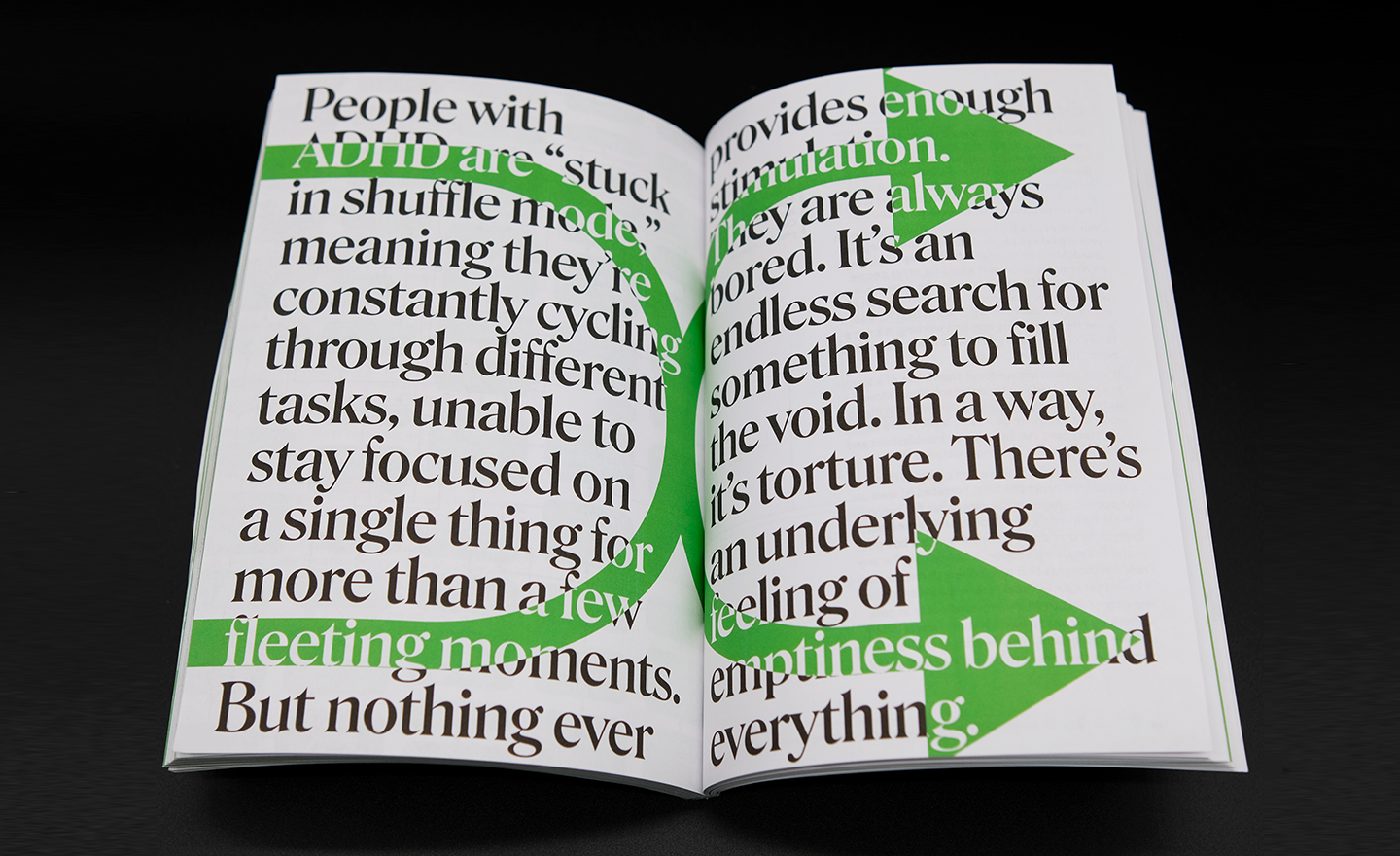Abraham Burickson—
You’ve heard it—maybe you’ve said it—what this world really needs is a lot more empathy. How could anyone argue with that? But there are those who would have us do away with empathy altogether. It reinforces bias, fools us into thinking we know about another person’s experience when we don’t, and places way too much importance on the face in front of us.

It’s not just a dorm room debate. If we intend to design for others it becomes a matter of practice. How do we thread the needle? The arguments against empathy are damning—we only tend to care about the suffering of people we know or people who look like us. We become innumerate and sentimental, terrible qualities when making decisions for other people. We tend to believe our feelings and overvalue our emotional understandings. I get why people want to throw it out.
But I would argue that empathy is much of what makes us human. It is a kind of emotional intelligence that really can put one in the shoes of another person. What we need is to be both smart and humble about it. Humble, because we should recognize the limits of our empathy and smart to do something about that: ie research and inclusion. Together with empathy, research and inclusion make it possible to bridge divides otherwise too large or too invisible.
Over the past few years I’ve had the fortune to work with graduate students whose work focused on representing neurodivergence in different ways.
This grad student project was by Ana Tobin, Graphic Design MFA student (now professor, and member of the Society for Experiential Graphic Design (yeah that’s a thing)).

She wanted to use design to communicate with neurotypicals and with people who were neurodivergent in different ways what it was like to live with dyspraxia, dyslexia, ADHD, or reading disorders. She, herself, is neurodivergent and felt on-mission to design from her experience. She paired the challenge of reading through the lens of a learning difference with a story of someone with that learning difference. It was a great example of empathetic research—offering an experience to pair with a story about how another person takes in the world.
More recently, Hannah Abele’s project The ADHD Atlas made the bold choice to be a project for people with ADHD rather than for a general audience.

This meant rethinking typography, what it means to be able to make it through a whole book when you have ADHD, and how information might be taken in visually/graphically as much as textually. Abele spoke about how in her research she discovered science to back up both her intuitions and the systems she had developed herself. A clear argument for the functional importance of inclusion in the design process.
Adapted from Abraham Burickson’s newsletter, Phase Zero.
Abraham Burickson is the cofounder and artistic director of the performance collaborative Odyssey Works, where he codirects the Experience Design Certificate Program. He also teaches in the MFA program in graphic design at Maryland Institute College of Art and has trained in architecture and poetry.


 Deobandism, Islam and the Religious Narratives of the Taliban
Deobandism, Islam and the Religious Narratives of the Taliban